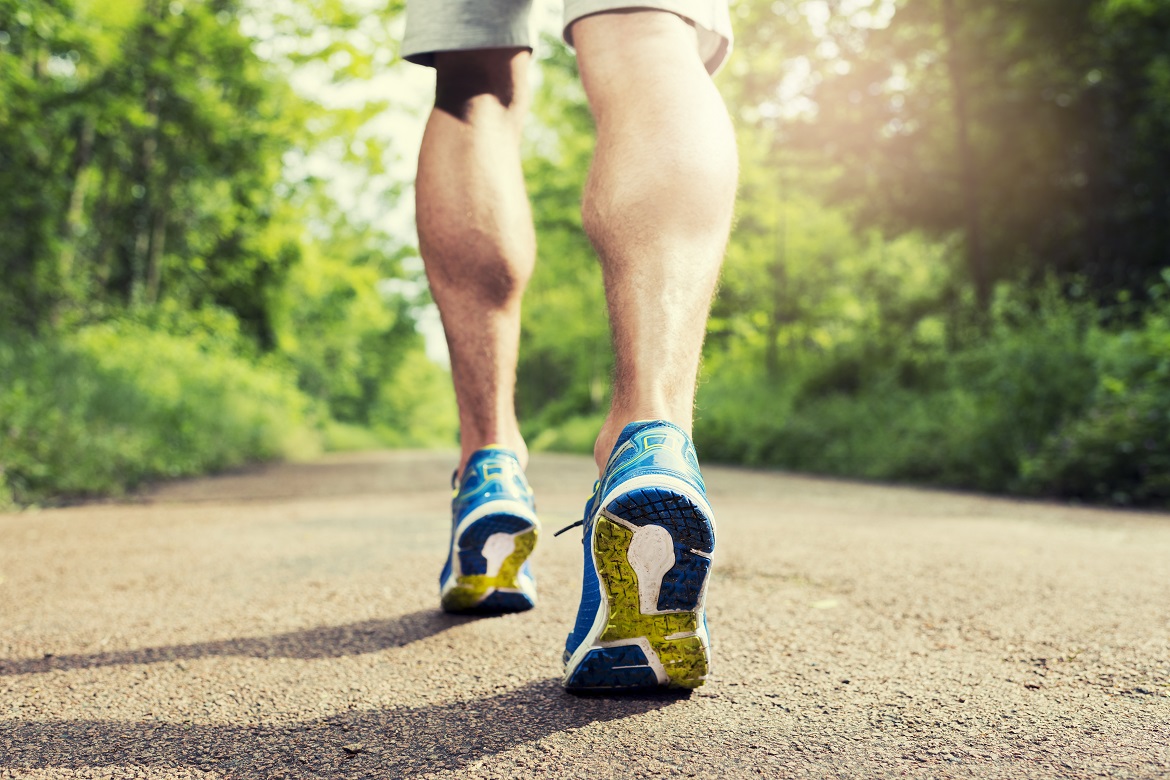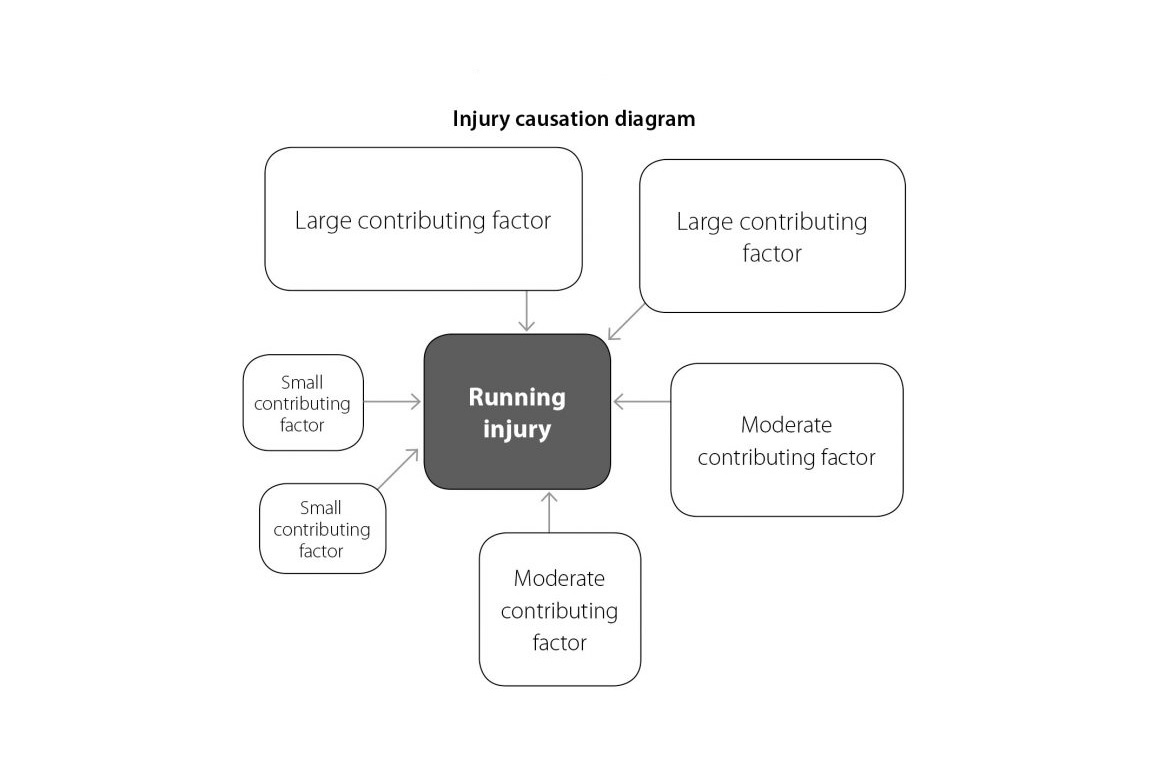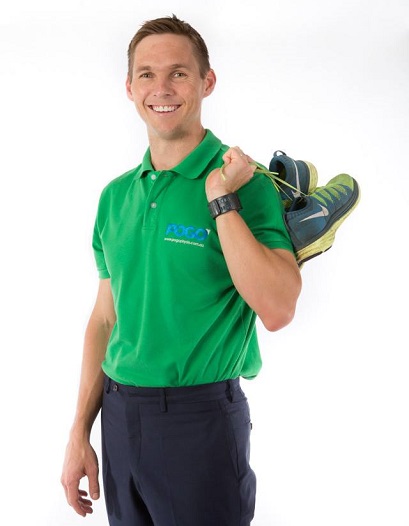Newest event partner eyes off Gold Coast Marathon presented by ASICS
The 2024 Gold Coast Marathon presented by ASICS has welcomed 2nu Vision as an event partner of what is shaping up to be a record year for the July 6-7 event.

By Brad Beer
Runners experiencing recurring tight calves is one of the most common complaints I hear as a physiotherapist. I was made aware of the extent of the problem when I posted the following Facebook video in 2016. The video went viral. Within five hours it had over 13,000 views and more than 150,000 views after five days . To date, it has had over 217,000 views. Crazy. Tight calves are clearly a problem for runners.
Runner's calf foam roller exercise
Do you have tight & sore calves? Try this! Calf Release & Trigger Exercise. Sit on your roller & shift your body weight for 2-3mins or longer as required (this is my favourite running exercise at the moment). It also stretches the often times tight structures at the front of your feet that are hard to mobilise/stretch. If you find this useful please tag 2 running friends who will benefit from it! P.S. If you have any questions, comments, or requests for future running.physio videos or topics please leave them in the comments 🙂 #runpainfree
Posted by Running.Physio on Monday, 16 May 2016
Runners will often tell me with great frustration:
If you use the above full foam roller exercise as the only solution to tight calves, you may feel therapeutically better, but it may not be enough to fix your problem. After helping hundreds of runners over the years get on top of recurring tight calves, I have learnt that strength is more important than stretching or time spent on the foam roller.
A high level of strength in both calf muscles (gastrocnemius) and the underlying soleous muscle is required to improve recurring calf tightness. I often advise clients that ‘tight calves are weak calves’. When runners hear this I know that they are often not ‘sold’ on the concept and question what I mean. Their initial skepticism is further heightened when I advise them to stop stretching all together and instead divert their energy into these two strengthening exercises.
The exercises runners wishing to address recurring calf tightness are:
1. Single leg calf raises
Instructions:
I used to instruct runner to complete 30 calf raises but now 50 is the goal*. Our calf muscles are a key propulsive element of our running, generating the last bit of force at the time of toe-off during the gait cycle.
*I find this is critical if you are aiming to run the ASICS Half Marathon or the Gold Coast Airport Marathon.
2. Soleous wall squats
Strengthening of the soleous is often ignored. Failure to strengthen the soleus with an effort on the gastric muscles (Exercise 1) can result in ongoing feelings of tight calves.
Instructions:
3. Full foam roller sit
I stumbled on this one day when I felt like I needed to trigger my calf muscles but felt too lazy to use the typical method of overlapping my extended legs out in front of me on the full foam roller. Instead, I thought, ‘What would happen if I just sat on the full foam roller and shifted my weight gently side to side?’. It felt effective and so I posted it on my running.physio Facebook page and it went viral.
Rather than stretching, try this foam roller exercise if you feel like you need to do something about your tightness.
Instructions:
One added bonus of this is the stretch you feel at the front of your ankles and the tops of your feet. These structures are rarely mobilised or stretched out.
Try the above three exercises if you feel like your calves are repeatedly tight. Completing them should be in proportion to:
While a deficit of strength and associated endurance of the gastrocnemius and soleus muscles is typically the key driver of recurring calf muscle tightness, a runner will also need to consider other potential contributing factors outlined below.

Source: Page 63, You CAN Run Pain Free! A Runner’s 5 Step Guide to Enjoying Injury-Free and Faster Running
Other potential contributing factors that can cause recurring calf tightness include:
If you’re a runner struggling with recurring calf strains, as opposed to calf tightness, strengthening as outlined in exercises 1 and 2 can also be key to improving your injury pattern. Learn how to improve recurring calf strains: Say Goodbye to Recurring Calf Strains.

Brad Beer is a Gold Coast based physiotherapist who throughout his career has delivered in excess of 25,000 physiotherapy consultations. In 2006, Brad founded a physiotherapy group called POGO Physio which, since inception, has treated over 16,000 people.
Recognised as a leading authority on running injury prevention and rehabilitation, Brad himself is an avid runner and is passionate about seeing people unlock their true running potential.
Brad believes that all runners can and should experience pain and injury free running. In 2015 Brad released his first book You CAN Run Pain Free! A Physio’s 5 Steps to Enjoying Injury Free and Faster Running to educate runners that it is indeed possible to enjoy the many benefits of pain free running. Brad’s clients include age group, novice, beginner, and elite athletes. Brad has assisted his clients in winning multiple Australian, world, and even Olympic medals.
Follow Brad’s running advice online:
Wesite | bradbeer.com.au
Facebook | running.physio
Twitter | @Brad_Beer
Instagram | @Brad_Beer
RUNNERS. TAG YOUR PHOTOS WITH #GCM24